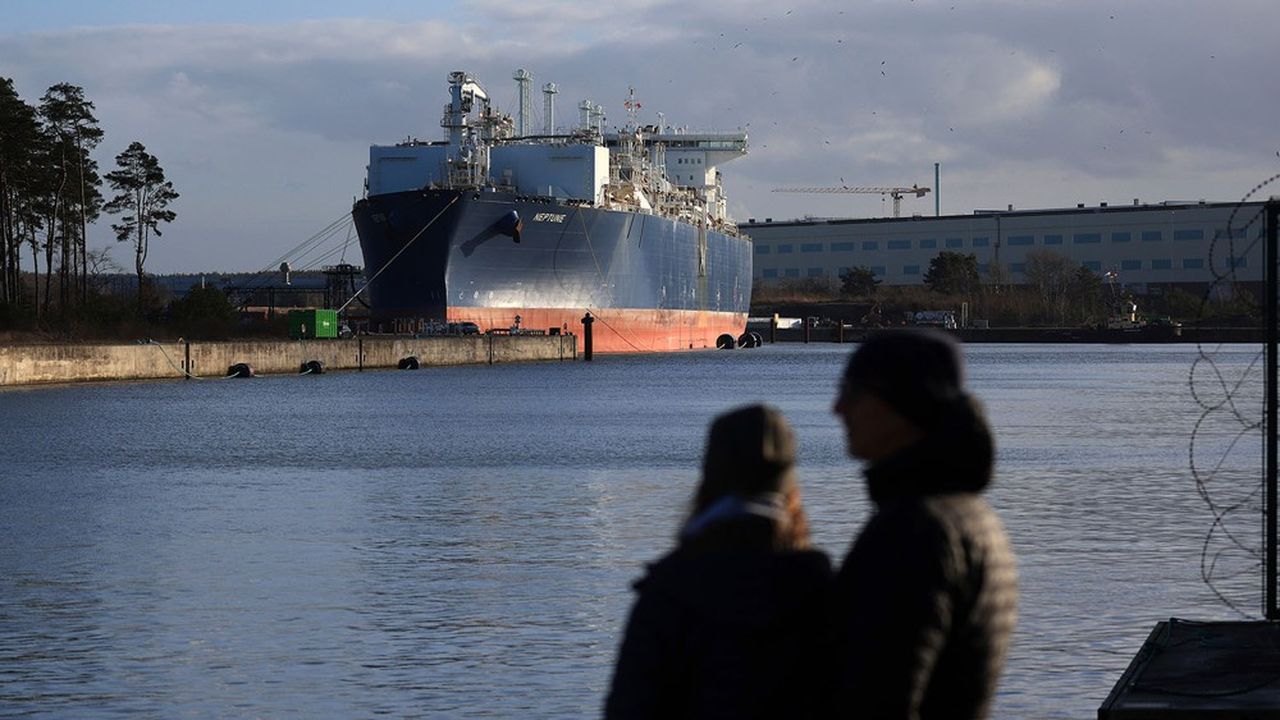
The European Union has managed to reduce its demand for gas by 18% since the invasion of Ukraine. This decline was recorded for the period from August 2022 to May 2024, compared to the average of the previous five years. This represents a saving of around 138 billion cubic metres, significantly higher than expected.
This is one of the (many) figures that jumps out in the ninth edition of the State of the Energy Union report, published by the European Commission on Wednesday. It assesses the progress made by the EU and its member states in achieving the objectives of this union and the energy transition.
This progress is part of an emergency energy plan established in July 2022 by the Commission, a few months after the start of the war in Ukraine. It had imposed on Member States a voluntary reduction in their gas consumption of 15%, a measure that would become mandatory in the event of a serious gas shortage in Europe. The aim was to prepare the Old Continent to face a total cut-off of Russian gas, which then seemed more than likely.
Ultimately, the Twenty-Seven surpassed their voluntary target, which seemed very ambitious at the time. And Russian gas has still not been completely cut off, even though imported volumes have collapsed.
Denmark, the best student
There are, however, significant differences between the different Member States. Denmark shows the most significant decrease, with a decrease of -41%.
Other Nordic countries such as Finland, Latvia, and Lithuania, as well as Sweden, have also made substantial reductions, with respective drops of up to -36%. France is above the European average with -22%.
Conversely, countries such as Malta, Cyprus and Ireland show lower percentages in terms of reduction. There is an explanation: at the time, these three island states were entitled to an automatic derogation because they are not interconnected to the gas networks of other Member States. It was therefore considered pointless to ask them to make gas savings that would not benefit any EU country.
These variations reflect national efforts to save energy and increase renewable capacities, but also differences in economic, climatic, geographical and industrial contexts that influence national energy strategies.
In recent years, the EU can boast of having successfully diversified its gas supplies, with a sharp decline in Russian imports. “The share of Russian gas imports (transported by pipeline and LNG) in total EU imports fell from 45% in 2021 to only 18% in June 2024,” the report notes. Imports from the United States, Norway and Algeria have taken over.
But, whatever the origin of the gas, consumption has decreased. At a time when Europe is still asking itself whether it wants to and, above all, can do without Russian gas, new efforts could well be required of the Twenty-Seven…





